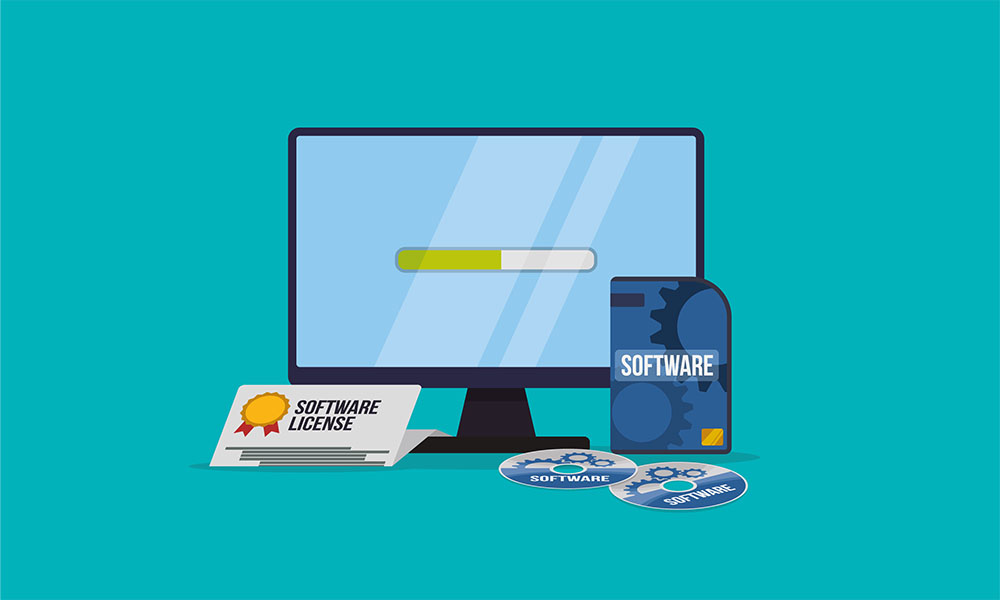Once upon a time, software came on physical storage media, simplifying licensing, as the software licence code was often printed on the disk. These days, licence management is a much more complex affair and it’s important to get to grips with it because the penalties for using software without a licence (even unintentionally) can be severe.
Fortunately, software licence management is far from impossible. Here are five tips to help.
Hardware Audit – Carry out an audit of who has what hardware and software
In this context, hardware means anything that can run apps and/or access them through the cloud, so PCs (Macs) tablets and smartphones. Every last piece of hardware should have an asset tag and that asset tag should be linked to a responsible individual.
Installing Software – Only allow IT Support Team to install software on company device
Ensuring that your colleagues can’t just install any and all software at will is a prerequisite to effective licence management. Make sure that the IT team controls downloads and new software installations and that only properly licensed and registered software is installed on every computer, tablet or phone associated with your company.
Software Licensing Audit
This is a process of two halves. First of all you run a software auditing tool to gather details of all licences deployed and then you put this information into a licence-management database.
Software Audit Report – Compare what you’re using with what you’ve bought (and take remedial action if necessary)
This is where you really need to pay attention to the details. First of all, you need to check if you have actually paid for any sort of licence for the software and secondly you need to check if you have actually bought the right kind of licence for the software.
While “per device” licenses still exist, there are all kinds of other licences on the market, such as “per user” or “per network”. Some licences are strictly for non-commercial use only, while others cannot be used for client work.
Life gets even more complicated for companies running virtualisation to the point where SMEs might find it best to get help from a specialist in this area. Make absolutely sure that you have purchased a business licence when you need to do so. “Personal” licences and “free editions” may or may not be legal for use in a business.
Set systems and processes in place for keeping tabs on licencing going forward
There are two ways inappropriate licensing can cost you money: the first is by being pursued by a vendor for using their software without the correct permissions and the second is by buying licences you don’t need.
Auto-renewal systems make it only too easy to keep paying for something when you’ve long since stopped using it and, while users who arrive in a company will usually make it clear if they want something added to their range of software options, users who leave won’t necessarily remind you to cancel their licence (or transfer it to their successor), hence you could discover that you’re paying for licences for people who’ve long since left your organisation.

